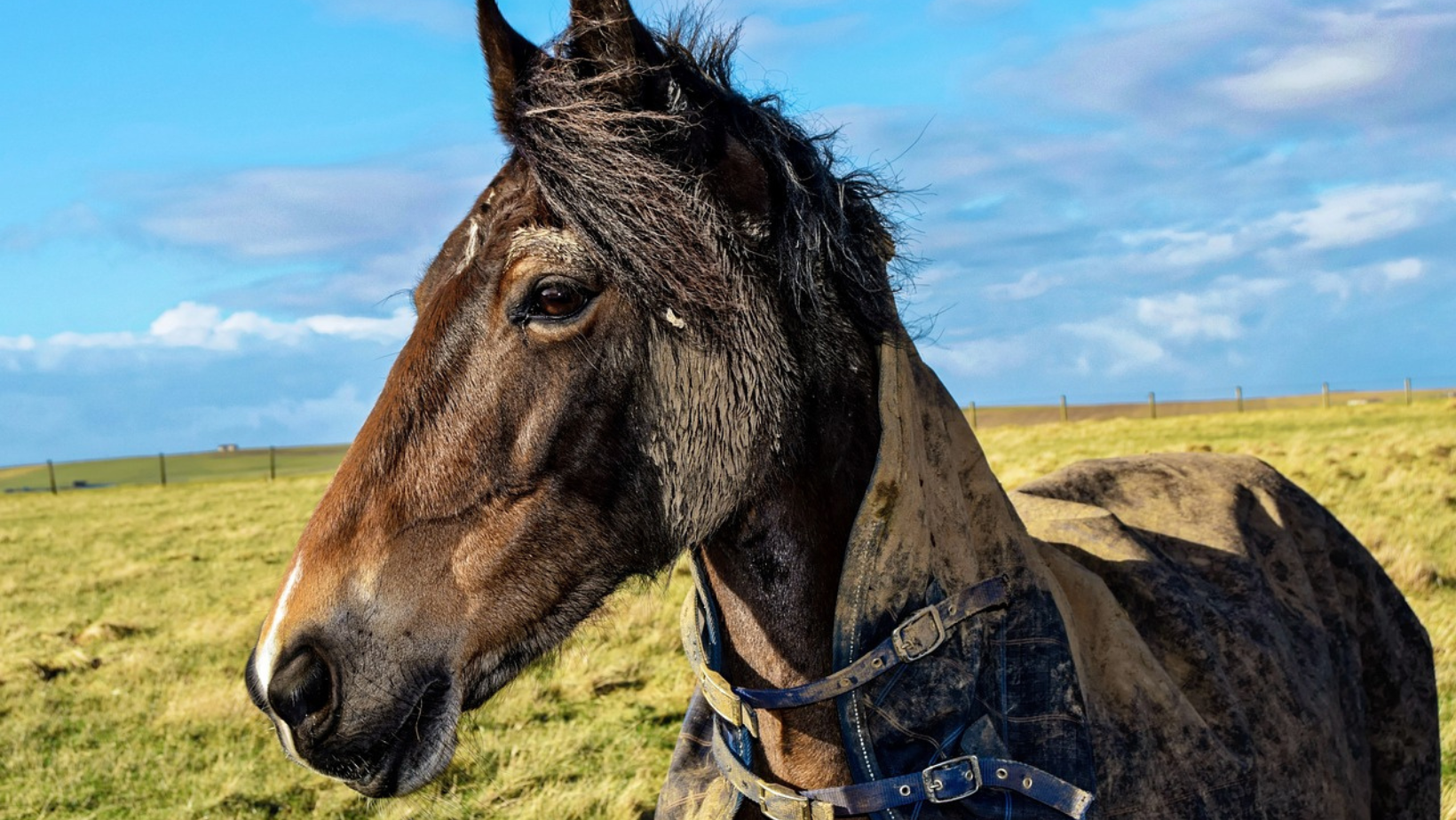Rainy weather and muddy fields are certainly a horse owner’s worst nightmare! Unfortunately, mud comes hand-in-hand with horse ownership, especially at this time of year. As the typically British weather battles on, we must be cautious of equine skin conditions, the one in question today is referred to as ‘mud fever’.
What is ‘Mud Fever’?
What is mud fever, I hear you ask? ‘Mud Fever’, medically referred to as ‘Pastern Dermatitis’ is caused by the bacteria dermatophilus congolensis, which thrives in wet and muddy conditions. ‘Mud Fever’ is not contagious but it can cause irritation, particularly on the lower limbs and feet.
What Causes ‘Mud Fever’?
Prevalent mainly in the winter months, mud fever is caused by the bacterium dermatophilus congolensis, which thrives in wet conditions. The skin softens when wet and as a result the mud rubs the skin’s surface allowing bacteria to enter.
Mud Fever is often caused by:
- Muddy conditions
- Wet conditions
- Broken skin, perhaps due to a wound
- Dirty bedding
What Are The Signs of ‘Mud Fever’?
- Small crusted scabs
- Small, circular, moist lesions beneath scabs
- Thick, creamy yellow/greenish discharge between the skin and overlying scab
- Possible hair loss showing a rash appearance (red and inflamed skin underneath)
- Inflammation
In more severe cases signs can include:
- Lameness
- Fissures
How Do You Prevent ‘Mud Fever’?
Prevention is much easier than treatment, we have combined some tips and tricks to help prevent the skin condition:
- Avoid prolonged periods where your horse is stood in wet/muddy conditions
- Grazing rotation to stop paddocks becoming overly muddy
- Invest in ground matting or wood chip in paddocks
- Stable horses overnight so they have a break from the wet conditions
- Keep a clean grazing/bedding area
- Invest in some turnout boots to keep your horse’s legs clean and dry
- Avoid rinsing mud off with water (some will swear by leaving muddy legs to dry and brushing off the excess mud once dried, however others prefer to wash legs down – make sure you dry the limbs well if you do this)
How To Treat ‘Mud Fever’
Once bacteria is prevalent, it can be difficult to shift, however we do have some tips and tricks to assist with the treatment of this skin condition. Please note, we do advise that you contact your vet if you do suspect ‘Mud Fever’ – this means they can assist with your horse’s needs and create a tailored treatment plan that should help with the healing process. If you do notice any inflammation or swelling, you should always contact your vet.
On a general basis, treatment usually focuses on:
- Keep your horse’s limbs clean and dry
- Remove loose scabs to allow air (soaking these can assist with removal – be wary as removal can be painful for the horse)
- Treat the infected area with disinfectant scrub/rinse
- Ointments and creams can be applied to assist with the healing process
- Keep a clean stable so your horse is not stood in a wet area
Why not take a look at our ‘Mud Fever’ range online, or pop instore today?





